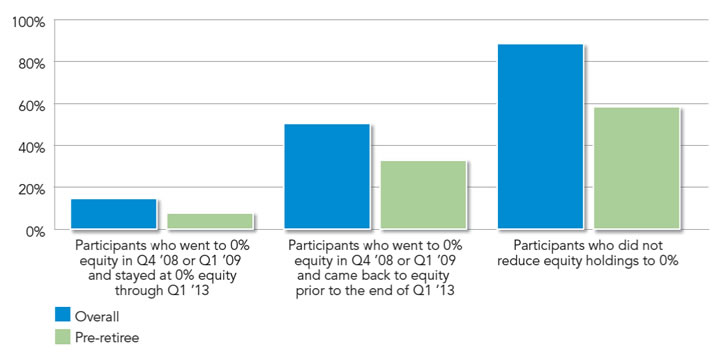The Nifty surged 2.40% this week, driven largely by Infosys and the IT sector in general.
Index Performance
Top Winners and Losers (CNX 100)
ETFs
| NIFTYBEES | +2.33% |
| BANKBEES | +2.03% |
| JUNIORBEES | +1.70% |
| GOLDBEES | +1.32% |
| INFRABEES | -0.34% |
| PSUBNKBEES | -0.85% |
Advancers Decliners (CNX 100)

Yield Curve
Did short-term rates actually go up?

Sector Performance
IT up, Autos down.

Thought for the weekend
If there is schlepping involved, it is more likely to be real work. If there are sexy elements involved, it is more likely to be conspicuous production pretending to be work. Sexy work is easy to enjoy, learn, value and integrate into your identity, primarily because it is downhill psychological work: it is the cognitive equivalent of muscular atrophy. Schlep work is harder to enjoy, learn, value and integrate into your identity, primarily because it is uphill psychological work for a social species.
Source: You Are Not an Artisan





















